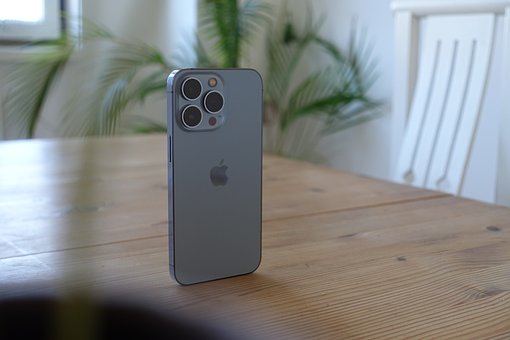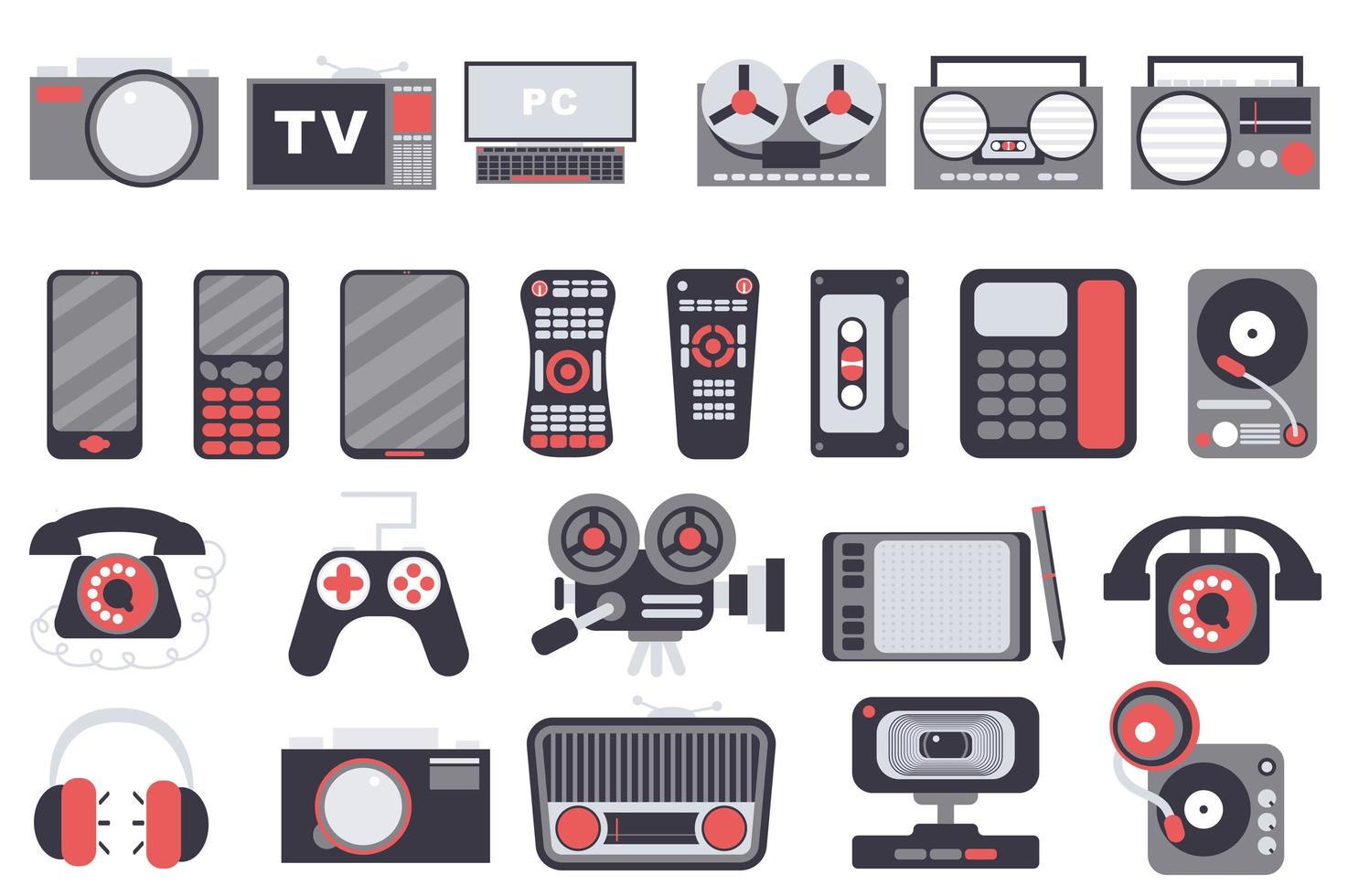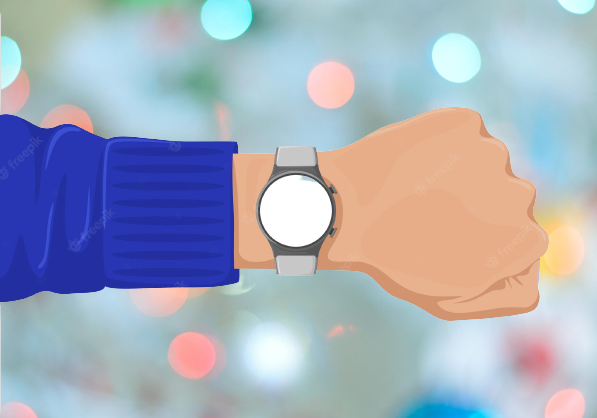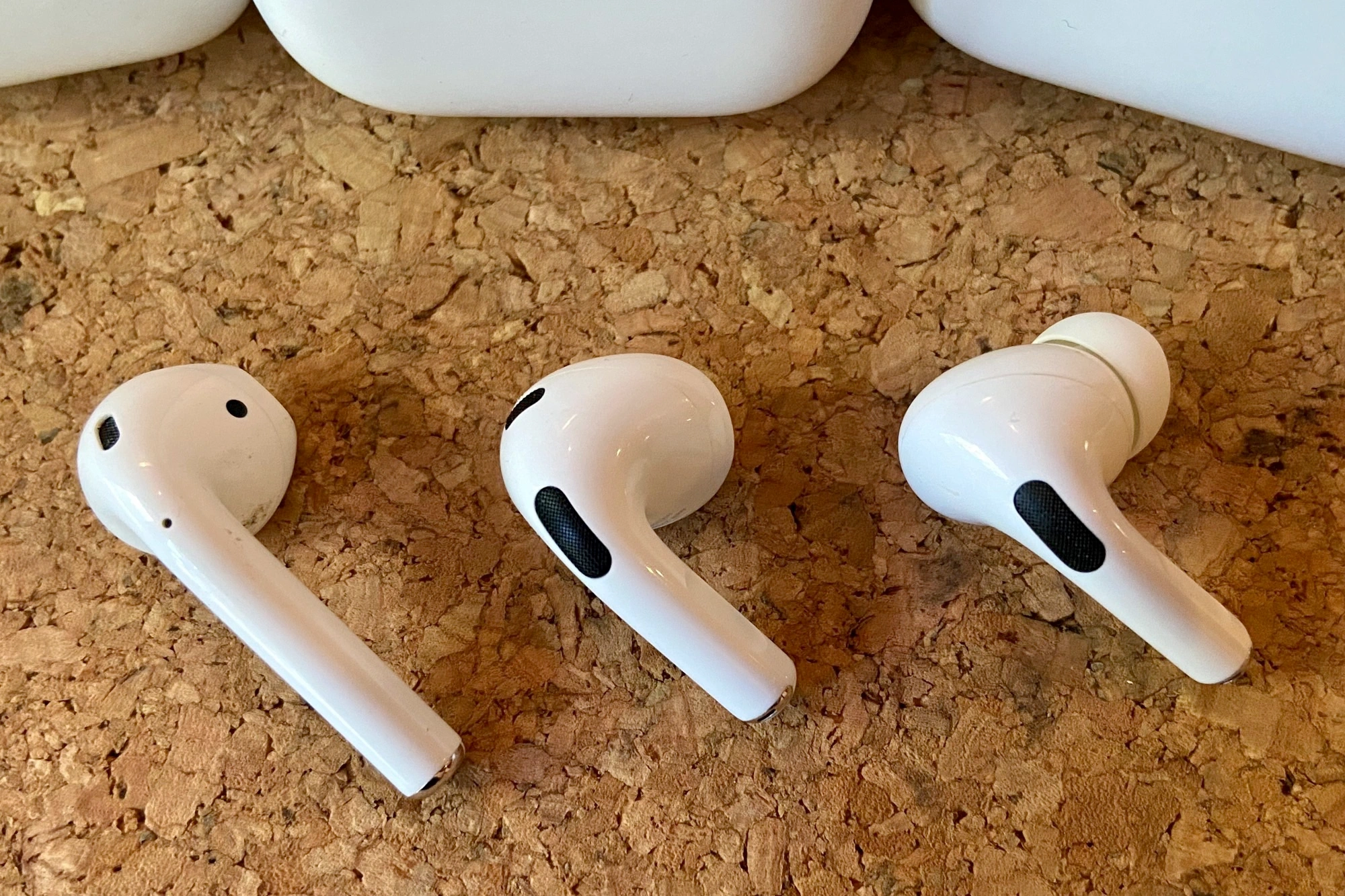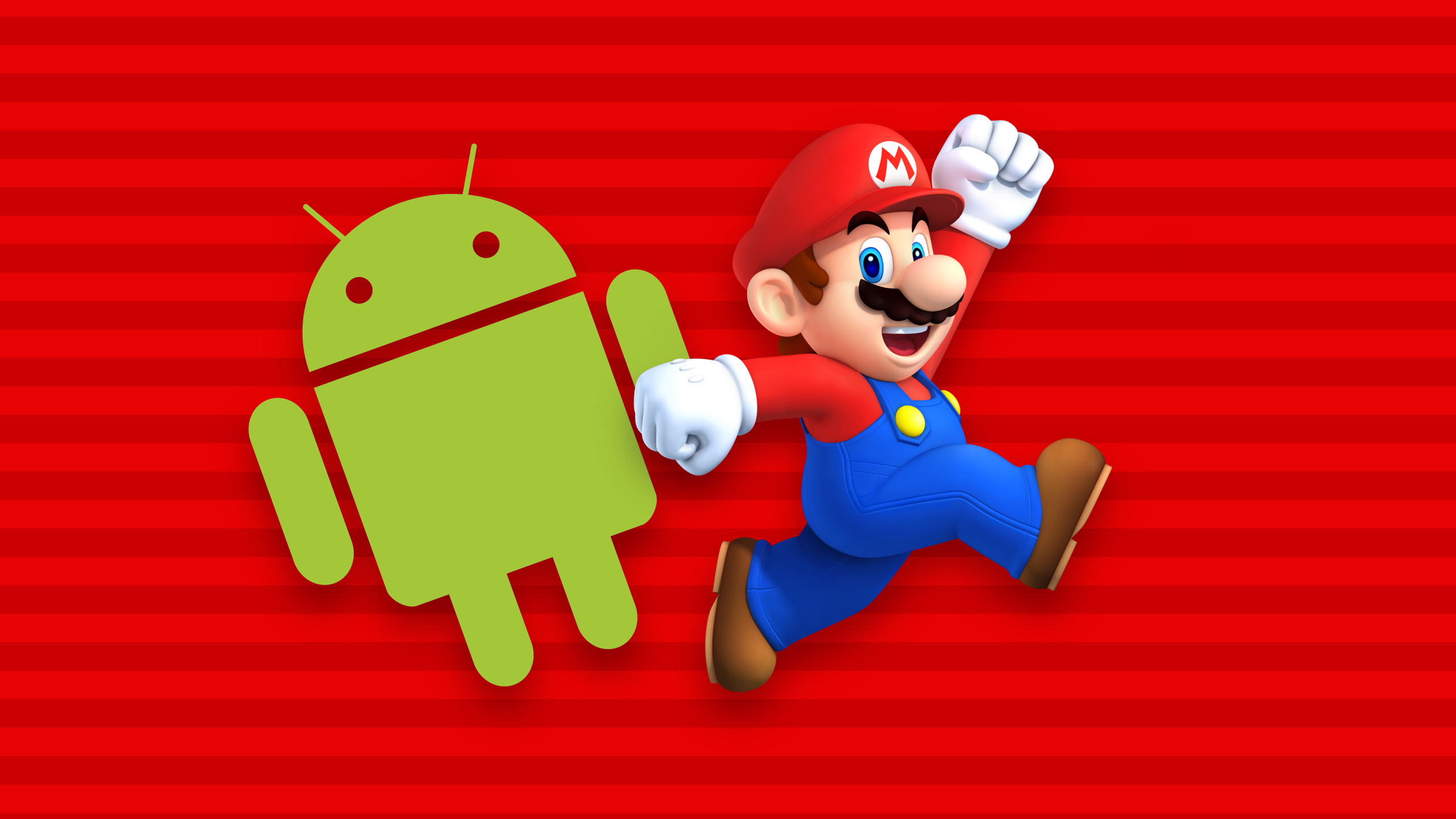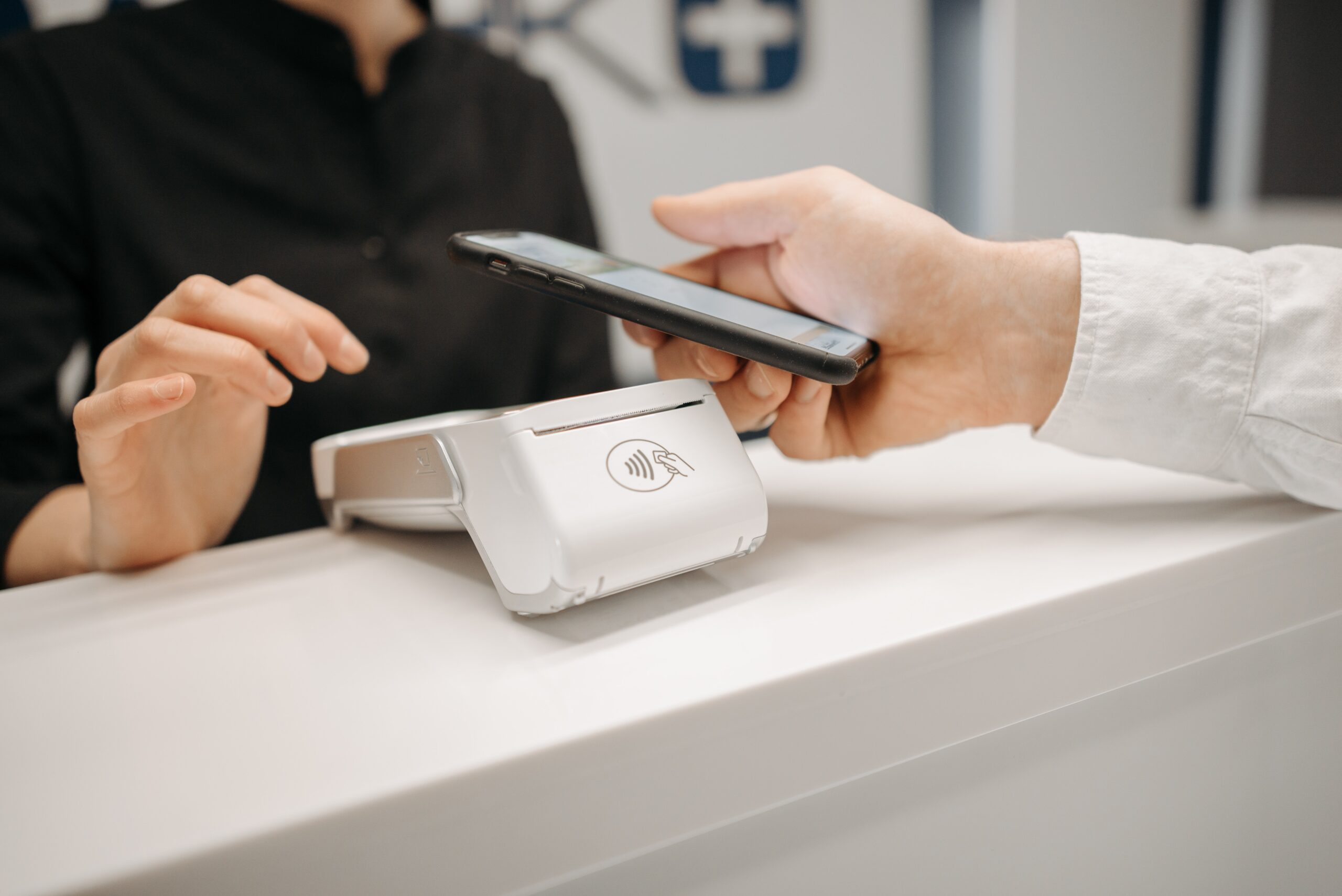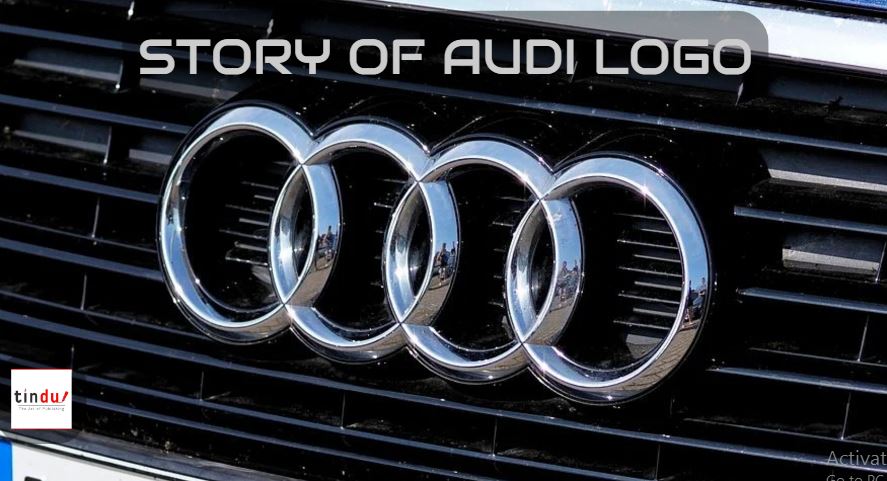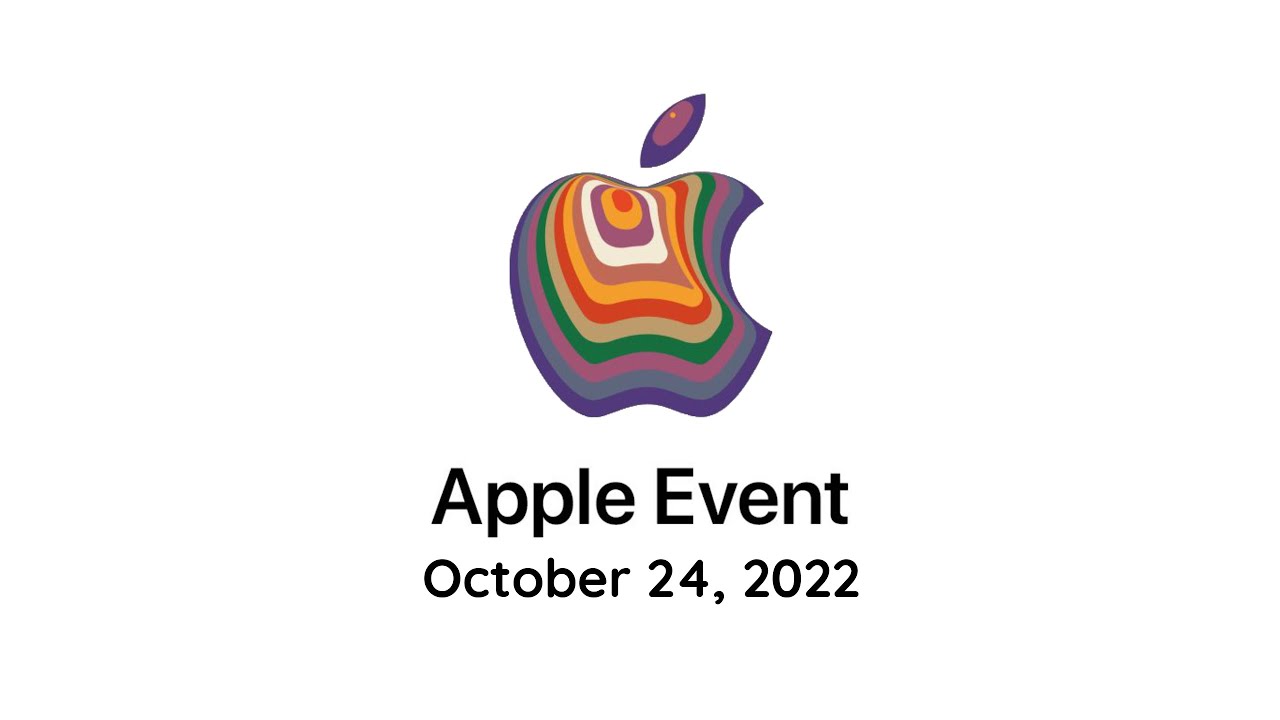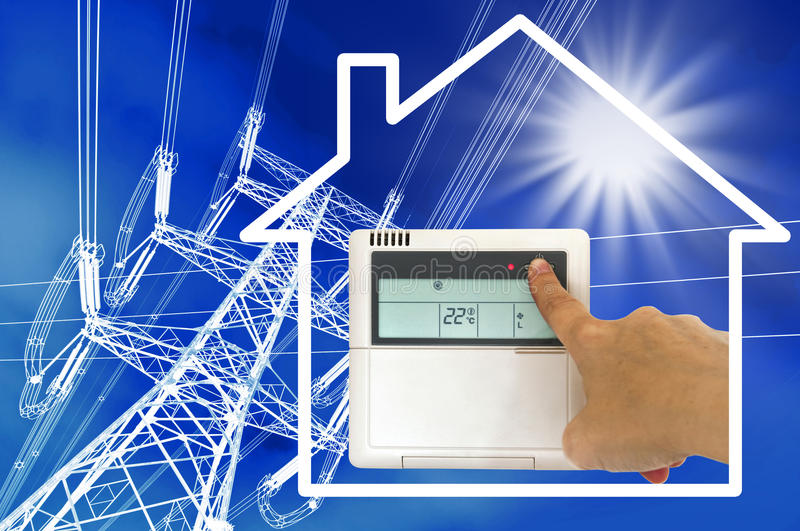The iPhone 13 Pro and iPhone 13 Pro Max, which were released on September 14 alongside the more inexpensive iPhone 13 and iPhone 13 mini, are Apple’s newest high-end pro-level flagship iPhones. For those who desire iPhones with the greatest features and the finest cameras, the iPhone 13 Pro and iPhone 13 Pro Max are excellent.
iPhone 13
The iPhone 13 Pro, with a 6.1-inch display, succeeds the iPhone 12 Pro, while the iPhone 13 Pro Max, with a 6.7-inch display, succeeds the iPhone 12 Pro Max. Flat corners, a stainless steel frame, a textured matte glass back, and a tiny increase in thickness characterize both new iPhone 13 Pro models, which are essentially identical in design to the iPhone 12 Pro versions (7.65mm). Silver, Gold, Sierra Blue, and Graphite are the colors available with the iPhone 13 Pro.
Like the iPad Pro versions, both of the new models include OLED Super Retina XDR Displays that enable ProMotion technology with adjustable refresh rates ranging from 10Hz to 120Hz. Outside, the displays are up to 25% brighter.
The iPhone 13 Pro has a resolution of 2532×1170 pixels per inch and a pixel density of 460 pixels per inch, while the iPhone 13 Pro Max has a resolution of 2778×1284 pixels per inch and a pixel density of 458 pixels per inch. Both iPhones have a maximum brightness of 1200 units for HDR, as well as True Tone to adapt the display’s color temperature to ambient light, Wide Color for rich, vibrant colors, and Haptic Touch for feedback.
iPhone 13 features
The back camera has been updated to include an f/2.8 Telephoto lens, an f/1.5 Wide lens, and an f/1.8 Ultra-Wide lens. The Wide lens has a 2.2x larger aperture and is the biggest sensor in an iPhone to date, while the Ultra-Wide lens has a 92 percent larger aperture for enhanced low-light performance.
Availability and Pricing
The iPhone 13 Pro is priced at $999, while the iPhone 13 Pro Max is priced at $1099, and there were no price hikes this year. The new iPhone 13 Pro versions will be available for pre-order on Friday, September 17 at 5:00 a.m. Pacific Time, with an official launch on Friday, September 24.
Design
With the iPhone 12, Apple ditched the rounded sides that had been utilized on iPhones since the iPhone 6, choosing instead for a flat-sided design with squared-off corners, similar to the iPhone 4 and 5 and matching the iPad Pro.
The whole iPhone 13 series features the same flat-edged design, and the iPhone 13 models are essentially identical to the iPhone 12 models they replace. Because it’s a design that Apple has used before, the flat-edged design manages to seem both contemporary and familiar at the same time.
The iPhone 13 Pro and Pro Max include an all-glass front and textured glass back, which are sandwiched between a gleaming, surgical-grade stainless steel frame. For a seamless appearance, Apple matches the stainless steel frame to the hue of the rear glass.
The True Depth Camera, speaker, and microphone are all housed in a notch on the front of the iPhone 13 Pro and Pro Max. This year, the notch is reduced, allowing more of the display to be utilized.
Sizes
The iPhone 13 Pro versions are available in 6.1 and 6.7-inch sizes, similar to the iPhone 12 Pro variants, with the 6.7-inch iPhone 13 Pro Max positioned as Apple’s biggest iPhone. The iPhone 13 Pro and Pro Max are both bigger and heavier than the iPhone 12 Pro versions.
The iPhone 13 Pro stands 5.78 inches tall (146.7mm), is 2.82 inches wide (71.5mm), and is 0.30 inch thick (7.65mm), while the iPhone 13 Pro Max is 6.33 inches tall (160.8mm), is 3.07 inches wide (78.1mm), and is 0.30 inch thick (7.65mm) (7.65mm).
The iPhone 13 Pro is 7.19 ounces (204 grams) in weight, whereas the iPhone 13 Pro Max is 8.46 ounces (240 grams).
Colors
Graphite, Gold, Silver, and Sierra Blue are available in both iPhone 13 Pro variants. Sierra Blue is a light blue tint that takes the place of last year’s Pacific Blue.
Resistant to Water
The iPhone 13 Pro and Pro Max are water-resistant to IP68 standards. Smartphones, like the iPhone 12 Pro models, can endure a depth of up to six meters (19.7 feet) for up to 30 minutes.
The 6 in IP68 stands for dust resistance (meaning the iPhone 13 Pro can withstand dirt, dust, and other particulates), while the 8 stands for water resistance. The maximum dust resistance grade available is IP6x. The iPhone 13 Pro can withstand splashes, rain, and accidental water contact thanks to its IP68 water resistance classification, although purposeful water exposure should be avoided if at all feasible.
Display
All of the iPhone 13 models feature the same OLED Super Retina XDR display, which is flexible and extends right into the chassis of each device.
There’s a 2,000,000:1 contrast ratio for blacker blacks and brighter whites, and up to 1200 nits peak brightness for HDR photos, videos, TV shows, and movies. Typical max brightness is 1000 nits for the Pro models and 800 nits for the standard iPhone 13 models. Apple says the display is 25 percent brighter outdoors.
The 6.1-inch iPhone 13 Pro has a resolution of 2532 x 1170 pixels per inch and a pixel density of 460 pixels per inch, while the 6.7-inch iPhone 13 Pro Max has a resolution of 2778 x 1284 pixels per inch and a pixel density of 458 pixels per inch.
Wide color support creates vibrant, true-to-life colors, and True Tone adjusts the display’s white balance to match the ambient illumination for a more comfortable viewing experience.
There’s also a fingerprint-resistant oleophobic coating and Haptic Touch compatibility, which gives you haptic feedback when you interact with the screen.
Smaller Notch
The notch that houses the TrueDepth camera system has been reduced by Apple, and it’s now 20% smaller than previous iPhone models’ notch. Comparisons of the iPhone 12 and iPhone 13 have revealed that, despite being narrower, the new notch is slightly taller than the previous one.
Despite the fact that Apple has lowered the notch’s width to provide more screen space, iOS does not appear to be taking advantage of the extra space. On the larger iPhone 13 Pro Max, there is enough room for a battery percentage display on the right side of the notch, but it is not an integrated display feature.
Promotion
Apple has used ProMotion technology for the first time on the iPhone 13 Pro models, thanks to low-power display backlighting. Promotion is an adaptable refresh rate technology that was first launched in the iPad Pro in 2018. It ranges from 10Hz to 120Hz.
Ceramic Shield
For the iPhone 13 models, Apple is sticking with the “Ceramic Shield” substance, which provides superior drop protection. Nano-ceramic crystals are infused into the glass to create the Ceramic Shield display cover. The display was built in collaboration with Corning, and the ceramic crystals were modified to optimize for clarity while keeping hardness.
Ceramic Shield, according to Apple, is harder than any smartphone glass, with a dual-ion exchange technique that ensures scratch resistance and ordinary wear and tear.
RAM
The iPhone 13 Pro has 6GB of RAM, whereas the iPhone 13 has 4GB of RAM. The iPhone 13 has the same amount of RAM as the iPhone 12, whereas the iPhone 12 and 12 Pro models featured 4GB and 6GB RAM, respectively.
Storage Areas
The iPhone 13 comes with 128GB of storage as standard, while the iPhone 13 Pro and Pro Max may be bought with up to 1TB of storage, which is a new high.
Rear Cameras with Three Lenses
A three-lens camera system featuring a 77mm six-element f/2.8 Telephoto lens, a 26mm seven-element f/1.5 Wide lens, and a 13mm six-element f/1.8 Ultra Wide lens is included in the iPhone 13 Pro and Pro Max.
Battery Life
With the A15 chip and higher battery capacity, Apple has increased battery life across the iPhone 13 lineup.
The battery on the iPhone 13 Pro lasts up to 1.5 hours longer than the battery on the iPhone 12 Pro, and the battery on the iPhone 13 Pro Max lasts up to 2.5 hours longer than the battery on the iPhone 12 Pro Max.
The iPhone 13 Pro can play video for up to 22 hours, stream video for up to 20 hours, and listen to music for up to 75 hours. The iPhone 13 Pro Max has a video playback time of up to 28 hours, a streaming video playback time of up to 25 hours, and an audio playback time of up to 95 hours.
